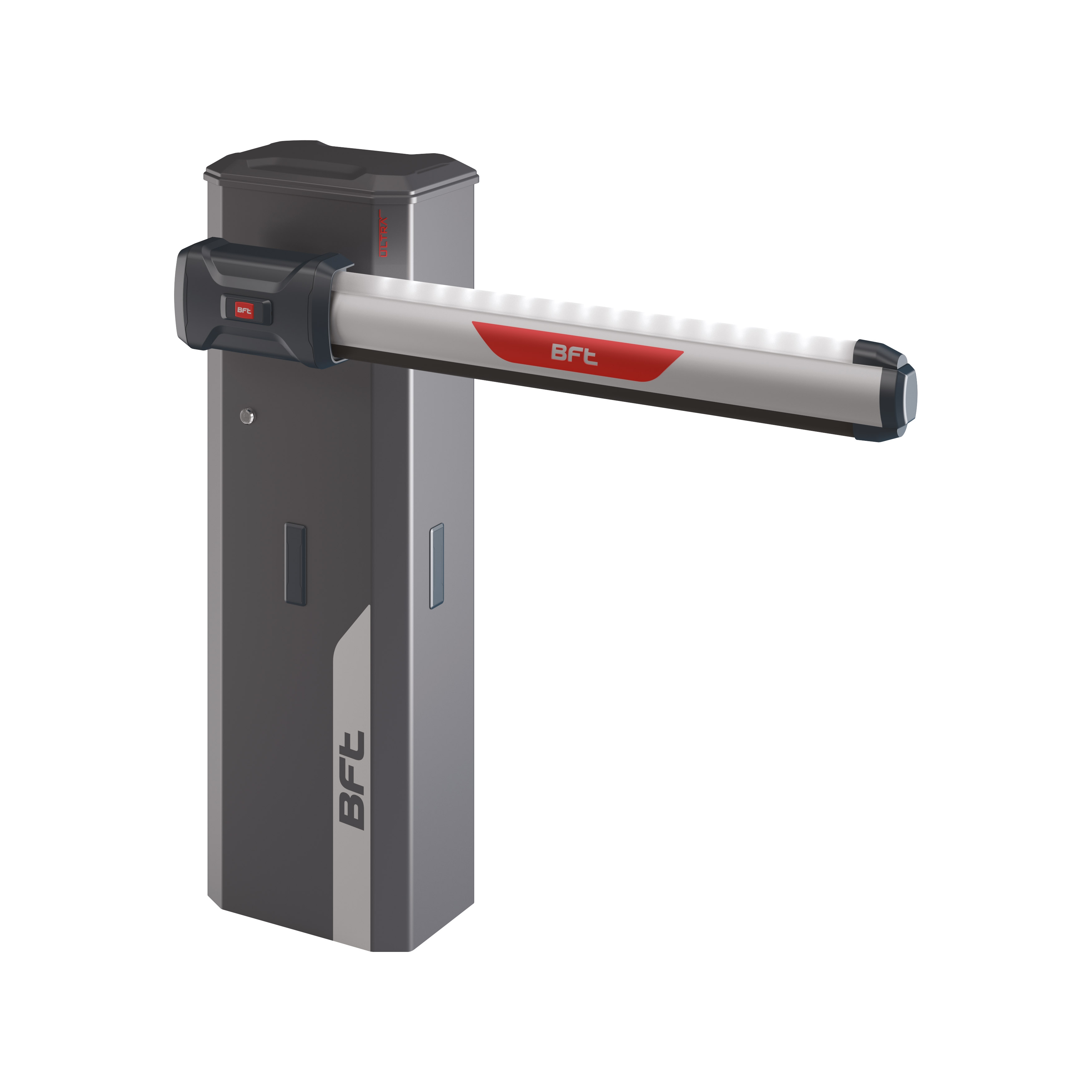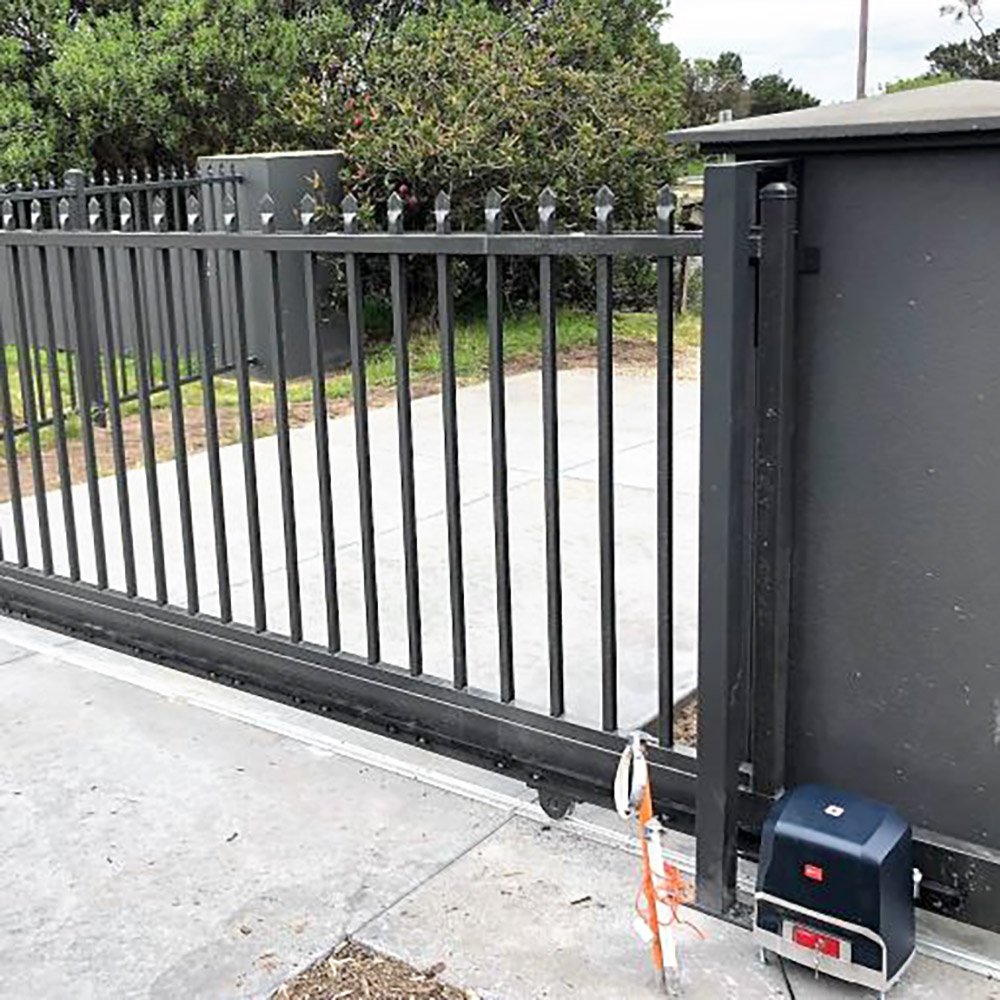Why Drainage Is so Important For Installing Bollards

Bollards are sturdy posts used to control traffic, protect pedestrians and property, and enhance the aesthetics of a site. They can be made of various materials, such as steel, concrete, plastic, or wood, and have different shapes, sizes, and colors. Bollards can be fixed, removable, or retractable, depending on the purpose and design of the installation. One of the most important factors to consider when installing bollards is drainage. Drainage refers to the ability of water to flow away from the bollard and the surrounding area, preventing water accumulation, erosion, and damage. Drainage is especially crucial for bollards installed below ground level, such as removable or retractable bollards, as they are more prone to water infiltration and corrosion.
What are The Benefits of Proper Drainage for Bollards?
Proper drainage for bollards can provide several benefits, such as:
- Extending the lifespan and durability of the bollards and the installation site
- Reducing the risk of rust, corrosion, and deterioration of the bollard materials
- Preventing the formation of ice, mold, and algae on the bollard surface and the surrounding area
- Improving the functionality and performance of the bollard mechanism, especially for removable or retractable bollards
- Enhancing the safety and comfort of the pedestrians and drivers who use the bollard area
- Maintaining the aesthetic appeal and value of the bollard design and the site
How to Ensure Proper Drainage for Bollards?
Several steps can be taken to ensure proper drainage for bollards, such as:
- Choosing the right location and type of bollard for the site, considering the soil condition, the water table, the slope, and the drainage system of the area
- Following the manufacturer's instructions and guidelines for bollard installation, including the depth, diameter, and spacing of the bollard holes
- Using appropriate materials and tools for bollard installation, such as gravel, sand, concrete, and drainage pipes, to create a stable and permeable base for the bollards
- Inspecting and cleaning the bollards and the drainage system regularly, removing any debris, dirt, or blockages that may hinder the water flow
- Repairing or replacing any damaged or faulty bollards or drainage components as soon as possible, to avoid further problems or hazards
- Mark where your installation points will be
- Use a gas-powered or other auger option that will drill holes where you would like your bollard
- After you drain the correct size hole, add gravel to act as a drainage point that will stop rain, snow, and mud from seeping into the ground sleeves
- Place your rebar cage to the exact specifications indicated in the directions and let it sit on top of the gravel
- Attach the PVC drainage pipe at the bottom of your ground sleeve and put it in the rebar cage
- Once you have added the drainage pipe, position the sleeve correctly – the surface of the ground sleeve needs to be flush with the surface of the ground
- When the sixth step is finished, pour concrete into the hole and ensure it is level to the ground
- If you have decided to use a ground sleeve, you should wait for the concrete to cure before placing your bollard in the sleeve
- When you have verified that the concrete is level to the ground, and it is cured if used with a ground sleeve, place your bollard in place, and you are set
What Are Some Actions I Can Take To Create Proper Drainage?
To create proper drainage for your bollard, ensure that the bollard sleeve is opened at the bottom and that the PVC drainage pipe that comes with your bollard runs to the footing of the gravel base.
Steps To Install Your Bollard Correctly For Drainage
Before even thinking of installing your bollard, first:
What If I Need To Place My Bollard On Uneven Ground?
If your bollard is on uneven ground, there are several methods you can use to verify proper drainage. Some of these include:
- Grinding the high side to keep it level with the low side
- Use a trowel, pour new concrete, and ensure the concrete matches the base diameter of your bollard
- Shimming the low side using wedges
- Trimming the shims to allow them to sit evenly under the bollard
While these methods all work, some may be better for you, depending on your installation process. If you know there is a lot of ice or snow in the area where your bollard will go, you may prefer trimming the shims instead of using a shim or edge on the low side, as these are not as effective in places that receive several salt or de-icing treatments. Also, grinding the high side, known as hardscaping work, should only be done by a professional and can be done inefficiently, causing more water damage if incorrect.
Proper Drainage For Your Bollards
As you can see, drainage is critical to keeping your bollards functioning correctly. Don't hesitate to contact us today with any other questions about proper bollard drainage. If you are ready to purchase a durable bollard, view our great selection of heavy-duty bollards today.
BFT Bollards



